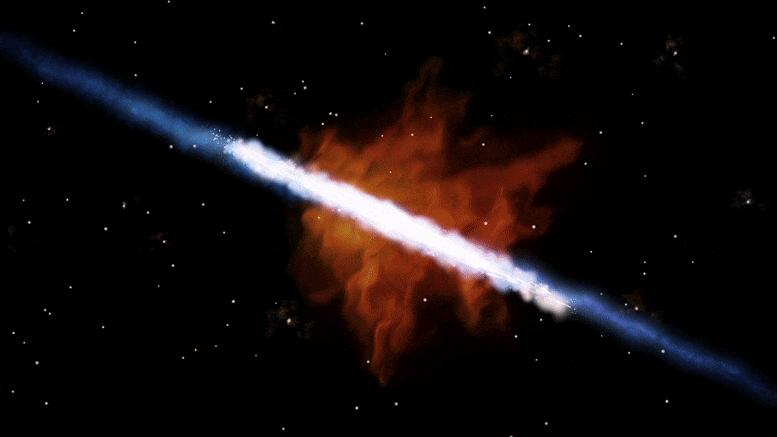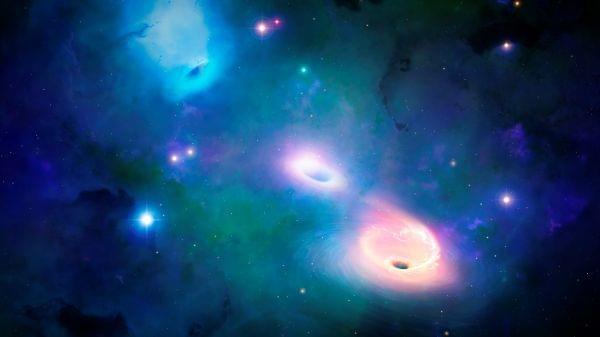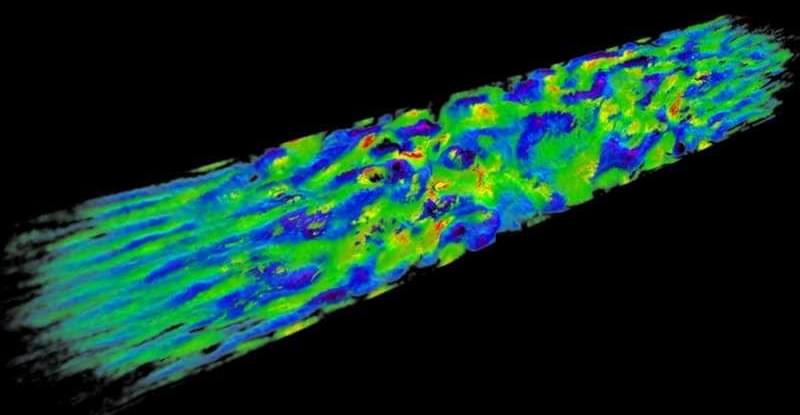In ‘Flashes of Creation,’ author Paul Halpern tells the story of George Gamow, Fred Hoyle and their decades-long sparring match about the Big Bang.
Flashes of Creation Paul Halpern Basic Books, $30
The Big Bang wasn’t always a sure bet. For several decades in the 20th century, researchers wrestled with interpreting cosmic origins, or if there even was a beginning at all. At the forefront of that debate stood physicists George Gamow and Fred Hoyle: One advocated for an expanding universe that sprouted from a hot, dense state; the other for a cosmos that is eternal and unchanging. Both pioneered contemporary cosmology, laid the groundwork for our understanding of where atoms come from and brought science to the masses.
In Flashes of Creation, physicist Paul Halpern recounts Gamow’s and Hoyle’s interwoven stories. The book bills itself as a “joint biography,” but that is a disservice. While Gamow and Hoyle are the central characters, the book is a meticulously researched history of the Big Bang as an idea: from theoretical predictions in the 1920s, to the discovery of its microwave afterglow in 1,964 and beyond to the realization in the late 1990s that the expansion of the universe is accelerating.






